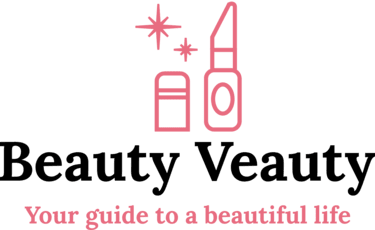Nails are not only a part of your beauty, but also a reflection of your health. Healthy nails are strong, smooth, and shiny, while unhealthy nails are brittle, dull, or discolored. If you want to have healthy and beautiful nails, you need to follow some simple tips and habits that can make a big difference. Here are some of them:
Keep your nails clean and dry
One of the most basic steps for nail care is to keep your nails clean and dry. This prevents bacteria, fungi, and dirt from accumulating under your nails and causing infections or damage. To keep your nails clean and dry, you should:
- Wash your hands regularly with soap and water, especially after using the bathroom, handling food, or touching anything dirty.
- Dry your hands thoroughly with a clean towel or paper towel, paying attention to the spaces between your fingers and under your nails.
- Avoid biting, picking, or chewing your nails or cuticles, as this can introduce germs into your nail bed and cause inflammation or infection.
- Wear gloves when doing household chores, gardening, or handling chemicals, to protect your nails from exposure to water, detergents, or harsh substances.
Trim your nails straight across
Another important step for nail care is to trim your nails regularly and properly. This helps prevent ingrown nails, which can be painful and lead to infection. To trim your nails properly, you should:
- Cut your nails straight across using sharp nail scissors or clippers. Avoid cutting them too short or too round, as this can cause the nail to grow into the skin.
- File your nails gently in one direction using a nail file or emery board. Avoid filing back and forth, as this can weaken your nails and cause them to split or peel.
- Moisturize your nails after trimming them with oil or lotion, to keep them flexible and strong.
Avoid harsh nail products
Many nail products, such as nail polish, nail polish remover, or artificial nails, can contain chemicals that can damage your nails or cause allergic reactions. To avoid these problems, you should:
- Use nail polish sparingly and choose ones that are free of formaldehyde and dibutyl phthalate, which can weaken the nail. Also avoid using bold pigmented colors that can stain or yellow your nails.
- Use acetone-free nail polish remover, which is gentler on your nails and prevents them from drying out. Limit your use of nail polish remover to once a week or less.
- Use a base coat before applying nail polish, to prevent your nails from getting stained. Use a top coat after applying nail polish, to prevent it from chipping and reduce the need for frequent removal.
- Avoid using artificial nails, such as acrylics or gels, which can damage the natural nail underneath and increase the risk of fungal infections. If you do use them, have them applied by a professional and removed carefully.
Eat a balanced diet
Your diet plays a role in the health of your nails, as well as your skin and hair. Your nails are made of keratin, a protein that needs certain nutrients to be produced properly. To support the growth and strength of your nails, you should:
- Eat more foods that are rich in protein, such as fish, eggs, nuts, beans, and lean meats. Protein helps build keratin and prevent brittle nails.
- Eat more foods that are rich in omega-3 fatty acids, such as salmon, flaxseeds, walnuts, and soybeans. Omega-3 fatty acids help moisturize your nails and prevent dryness or cracking.
- Eat more foods that are rich in vitamins and minerals that are essential for nail health, such as vitamin B (found in whole grains), vitamin C (found in citrus fruits), vitamin A (found in carrots), zinc (found in oysters), and iron (found in spinach). These nutrients help prevent ridges, spots, or discoloration on your nails.
See a doctor if you notice any problems
Sometimes, despite following these tips for nail care, you may notice some problems with your nails that indicate an underlying health issue or a serious infection. Some signs of trouble include:
- Changes in the color of your nails (such as white spots,
- Changes in the shape of your nails (such as curling, splitting, or thickening)
- Changes in the texture of your nails (such as grooves, pits, or ridges)
- Pain, swelling, redness, or pus around your nails
- Separation of your nail from the nail bed
- Bleeding or bruising under your nail
- If you notice any of these symptoms, you should see a doctor or a dermatologist as soon as possible for an evaluation and treatment. Some common nail problems that may require medical attention include:
- Fungal infections, which can cause yellowing, thickening, or crumbling of the nail
- Bacterial infections, which can cause redness, swelling, or pus around the nail
- Ingrown nails, which can cause pain, inflammation, or infection of the skin around the nail
- Nail psoriasis, which can cause pitting, discoloration, or separation of the nail
- Nail melanoma, which can cause a dark streak or spot on the nail
- By following these tips for nail care, you can keep your nails healthy and beautiful. Remember to clean, trim, moisturize, and protect your nails regularly, and to eat a balanced diet that provides the nutrients your nails need. Also, be aware of any changes or problems with your nails and seek medical help if needed.
